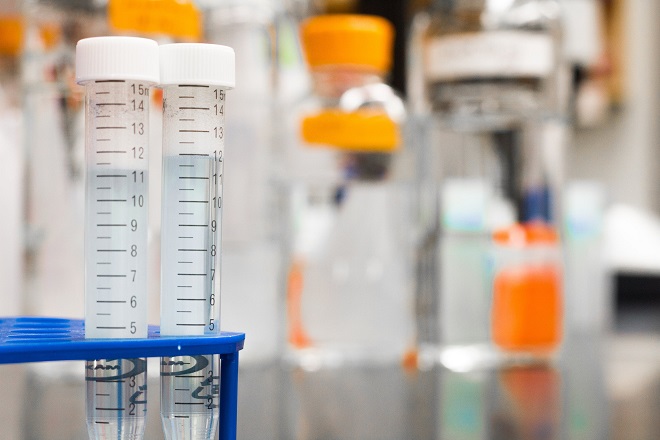Paper chromatography is responsible for providing a simple as well as effective means for the separation of the various components of different mixtures. You might have already observed the separation of colored compounds by using the technique of paper chromatography in your school. This technique is simple and can be understood easily and most importantly, it does not require any expensive pieces of equipment. Chances are that you have also come across the separation of different compounds with the help of thin layer chromatography.
Advantages of Thin layer chromatography
Thin layer chromatography has certain advantages over paper chromatography, and these have been highlighted below.
Time-saving
A huge advantage, which is provided by thin layer chromatography, is that it is responsible for saving a lot of time. On the other hand, paper chromatography is responsible for taking numerous hours to develop the plate. Therefore, it is obvious that chromatography is going to save a lot of time.
Automation
You cannot deny that paper chromatography did not observe any automation in the past few years but in case of thin layer chromatography, different instruments are available, which have the capabilities of automation. These include autosampler, constant dispenser, camera, and documentation, in order to retain the pictorial record of various separations.
Rigid support
The support of cellulose paper in paper chromatography is extremely flexible. However, the adsorbent in thin layer chromatography is normally coated on a rigid plastic, metal, or glass. This is going to contribute to the faster development as well as the reproducibility of the spots. Due to proper rigidity, the diffusion is going to be less and also, you are going to observe the formation of well-defined spots.
Choice of support
Thin layer chromatography is going to present numerous choices of the support adsorbent, which include, adsorbents, which are liquid coated and they can include the fluorescence induces. In the case of paper chromatography, the choice of various papers is going to be limited.
Development chamber design
In case of thin layer chromatography, suspension of the plate is not mandatory as is the case of paper chromatography. It can only be placed in the slanting position, and the bottom edge has to rest on the base of the chamber.
Sample volume
In the case of thin layer chromatography, the sample is small, in microliters, and this sample can be applied by taking the assistance of the sample dispensers, which are automated.
Choice of the spray reagents
A corrosive spray reagent is capable of charring the filter paper and it can also lead to the deterioration of sample spots. Coated TLC plates are used in case of thin layer chromatography, and they are capable of withstanding the corrosive spray reagents, to a great extent.
Heating
The plates of thin layer chromatography can be heated if it is necessary for developing spots. However, the sheets of paper chromatography are not capable of withstanding heat after a certain point.
Conclusion
It is important that before selecting a kind of chromatography, you know the difference between both of them. Consider all the advantages that thin layer chromatography have over paper chromatography.




